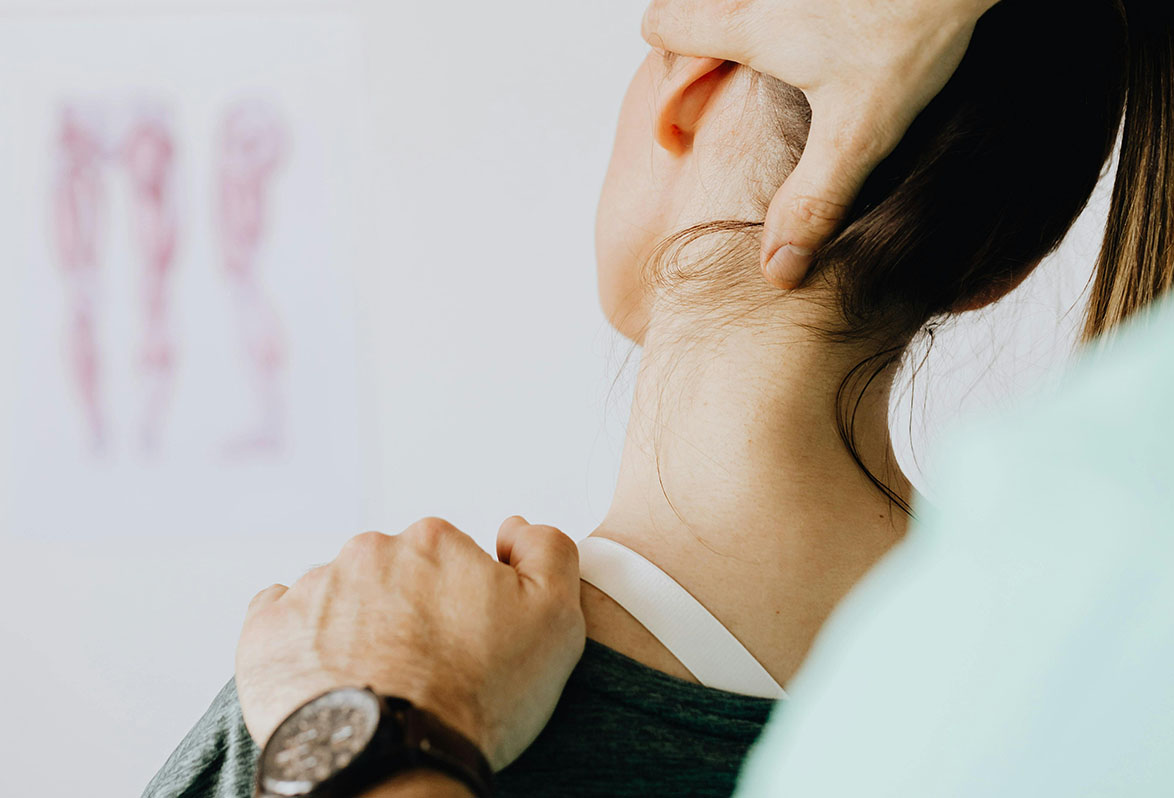Anatomy and Physiologic Function
The RTM is a membrane and a function that is present in every living cell and in every living organism.
At a cellular level it provides “reciprocal biomechanical cohesion” (p.30 OBHA)
In the embryo, it is a living breathing limiting tissue, which is connected to every cell.
Its function is to contain, restrain and guide growth forces. In doing so, it manifests different tissues.
Tissues will differentiate into their various forms under the influence of biodynamic forces within very specific metabolic fields.
The differentiations of bones, organs, membranes, and muscles follow very simple, natural physiological laws or principles.
Foetal Development
In foetal development, there is a compression between the folds of the brain and between the growing brain and the heart.
This compression is a result of the momentum as forces of growth, and results in groups of undifferentiated cells being squashed or stretched or both.
Where there is a net loss of intra and intercellular fluid bone cells and matrix result.
Where there is a gradual tensing and untensing of tissues, the dual folds will condense.
Newborn
Within the newborn skull, the dural folds are intraosseous and interosseous ligaments which accommodate the forces of birth. They allow molding or deformation of the newborn skull and tissues.
For osteopath, this compression is seen as one of the forces which contributes to the first breath. It is an enforced exhalation that primes the CNS and newborn for its first inhalation in a foreign environment.
The ebb and flow of life is one of the features of “Life in Motion.” The expansion and contraction present in the CNS, motivated by the CSF is seen by Sutherland (1) as the motor of growth and development.
(1) contributions of thought. W.G. Sutherland (1998)
Infant and Child
In the growing infant and child recognizing the bones as condensations within the tissues is absolutely crucial.
It is the growth of surrounding tissues which contributes to the densation field required for skeletonisation.
In the maturation of the cranial bones, it is the hypertrophy of the CNS which provides a detraction field for the vault bones to form.
The bones grow within the membranes. Undifferentiated cells are gradually encompassed by metabolic fields of function.
These are the biomechanical forces of differentiation and they proceed alongside the complex biochemical processes that are required.
This field of embryology shares a bed with osteopathy because structure and function are intimate. These fields of study required the intellect of people who made observations of the natural world through microscopes and their hands.
Adults
In the adult, it is crucial to recognize the role of growth movements in the development of form and function.
The midline bones flex and extend with primary respiration because that is how they grew and that is how they are sustained.
The CNS coils and uncoils as do all living tissues, because that is how it formed and that is how it respires metabolically.
“The Breath of Life in the CSF tide is the fundamental principle of the primary respiratory mchanism.” W.G. Sutherland.
Super, Mega-Fast Communication Broadband
The RTM is in reciprocal mechanical cohesion with every cell. This is mediated by collagen microtubules within and between every cell, ensemble, bone, organ, fluid compartment.
The model of bound water allows us to conceive of a way for all cells to communicate as one.
Finer nerves dwell with the lymphatic than even with the eye… The lymphatics consume more of the finer fluids of the brain than the whole viscera combined… The lymphatics are universally connected with the spinal cord and all other nerves… and all drink from the waters of the brain.
A.T. Still, D.O.
p.14 OCF 1st 20
The collagenous liquid crystalline mesophases in the connective tissues, with their associated structured water, therefore, constitutes a semi-conducting, highly responsive network that extends throughout the organism.
This network is directly linked to the intracellular matrices of individual cells via proteins that go through the cell membrane.
The connective tissues and intracellular matrices, together, form a global tensegrity system, as well as an excitable electrical continuum for rapid intercommunication of the whole body.
Collagen and Intercommunication
p.188 Physics of Organisms




